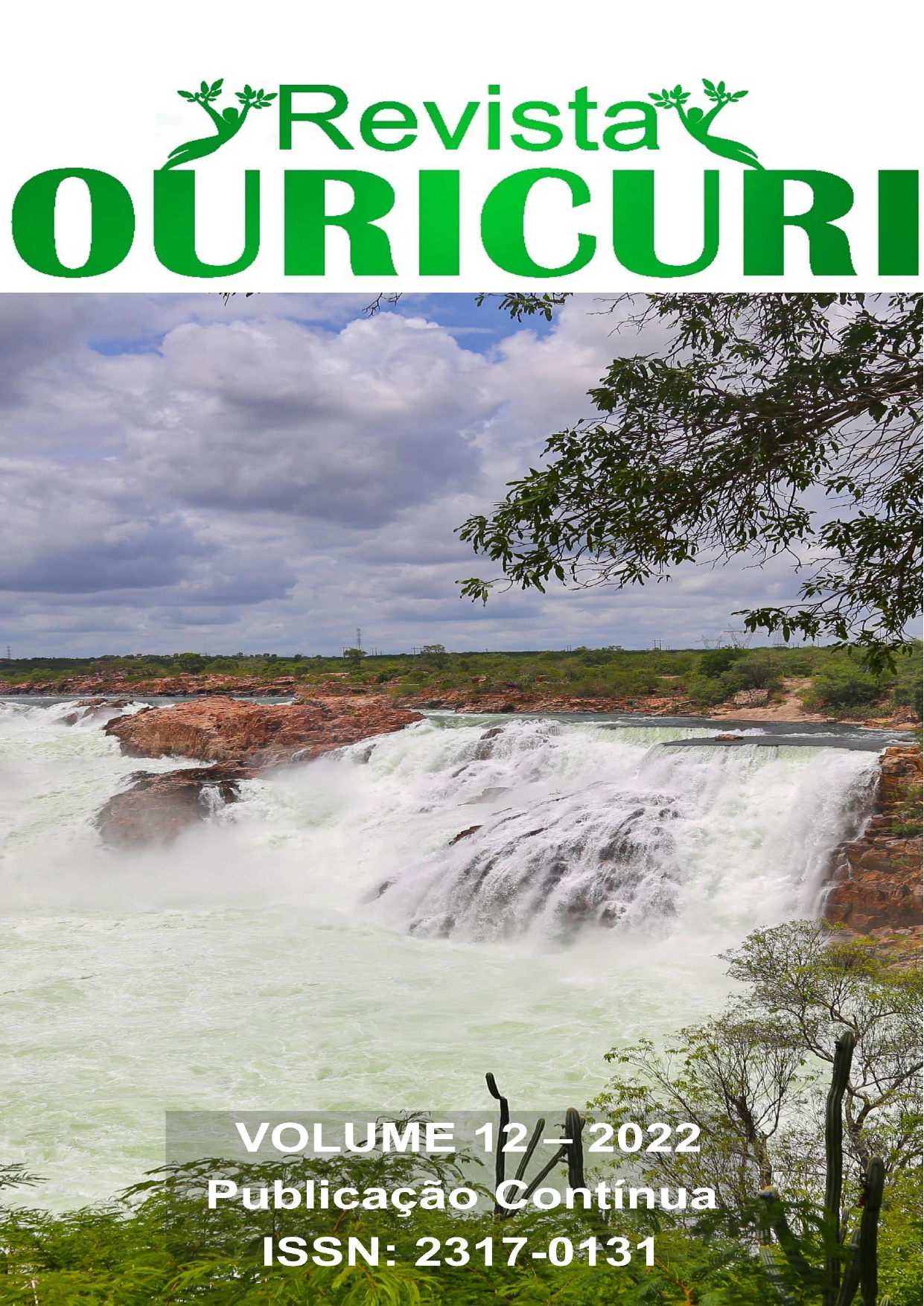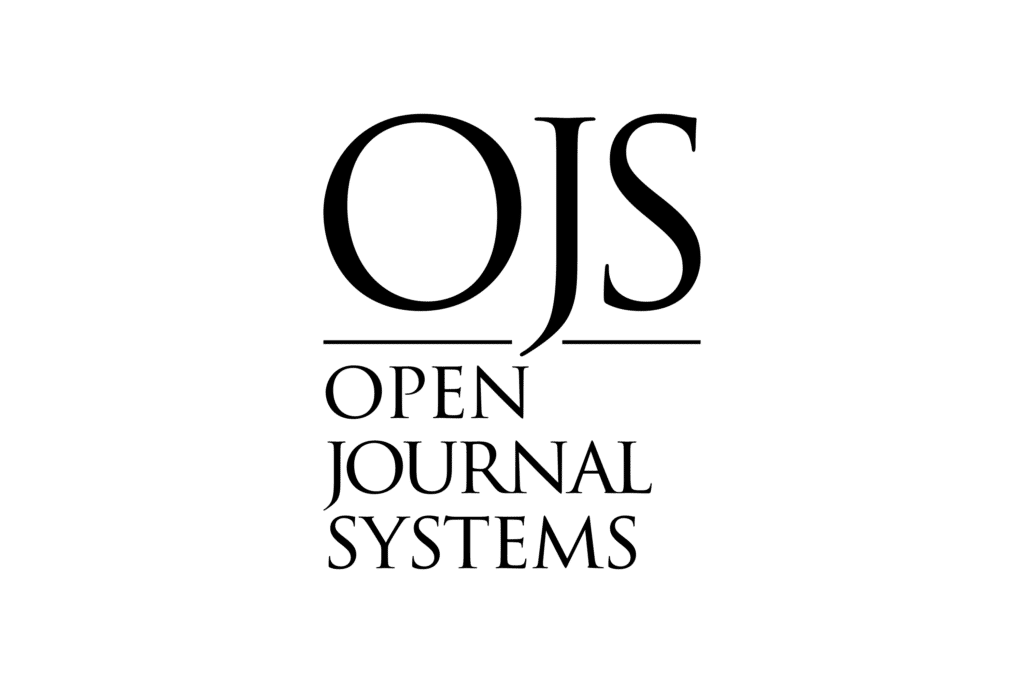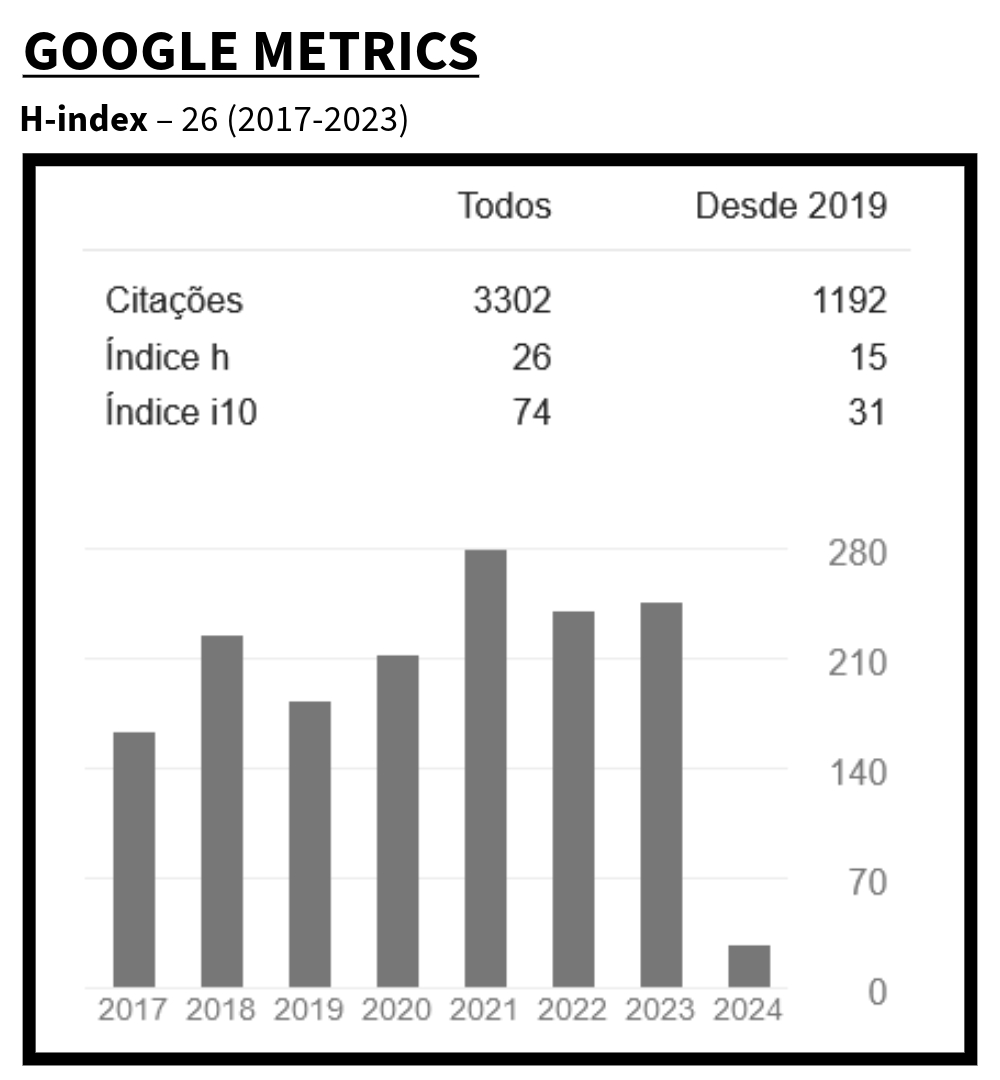VIRTUAL OBJECT, NOW WHAT? ETHNOGRAPHING NETWORKS
DOI:
https://doi.org/10.29327/ouricuri.12.1-3Keywords:
Internet, Ethnography;, Social networksAbstract
Observing the current context of strong communicational interaction between internet social networks, a fortuitous field for study is identified. Thus, this article aims to understand how it is possible to develop research, and its object of investigation is located on the internet. The following question guides the work: How do we use ethnography in social networks? In order to describe the scenario of this issue, a theoretical debate about the ethnography of social networks, the role of the researcher as an ethnographer, and points towards the analysis of social networks on the Internet, is outlined. The study identifies possibilities and challenges facing the field of online research.Downloads
References
ANDRÉ, M. E. D. A. Etnografia da Prática Escolar. Campinas. SP: Papirus, 2012. 18 Ed.
BOURDIEU, P. Introdução a uma Sociologia Reflexiva. In: ______. O poder Simbólico. Rio de 5.ed. Rio de Janeiro: Bertrand Brasil, 2002. p.17-58.
BRICEÑO-LÉON, R. Quatro modelos de integração de Técnicas Qualitativas e Quantitativas de Investigação nas Ciências Sociais. In: O Clássico e o novo: tendências, objetos e abordagens em ciências sociais e saúde. Rio de Janeiro: Editora FIOCRUZ, 2003, p.157-183.
BOYD, D. How Can Qualitative Internet Researchers Define the Boundaries of Their Projects: A Response to Christine Hine. In: Markham, Annette; Baym, Nancy (Eds.). Internet Inquiry: Conversations About Method. Los Angeles: Sage, 2008. p. 26-32.
CASTELLS, M. A era da informação: economia, sociedade e cultural. (Volume 1 - A sociedade em rede). São Paulo: Paz e Terra, 1999.
____________. A Sociedade em rede: do Conhecimento à Política. In: Conferência promovida pelo Presidente da República. Centro Cultural de Belém, Brasil, 2005.
____________. Redes de indignação e esperança: movimentos sociais na era da internet. Tradução de Carlos A. Medeiros. Rio de Janeiro: Zahar, 2013
CRESWELL, J. Research design: Qualitative, Quantitative, and Mixed Methods Aproaches, londres: Sage, 2014.
DAWKINS, R. O Gene Egoísta. Tradução de Rejane Rubino; 2ªimpressão. São Paulo: Companhia das Letras, 2007. [1979].
EDWARDS, G. Mixed-Method Approaches to Social Network Analysis. National Centre for Research Methods. (ESRC National Centre for Research Methods Review Paper). 2010
FALLER, R. J. #Somostodosneymar: mobilização social no Twitter. Revista DITO EFEITO. v. 5, n. 7, jul./dez. 2014.
FLICK, U. Introdução à metodologia de pesquisa: um guia para iniciantes. Porto Alegre: Penso, 2013.
FOOTE-WHYTE, W. Sobre Evolução de Sociedade de Esquina. In: FOOTE-WHYTE, W. Sociedade de Esquina. Rio de Janeiro, Zahar, 2005.
GEERTZ, C. The Interpretation of Cultures. Nova York: Basic Books, 1973. 480 p.
__________. A transição para a humanidade. In: O papel da Cultura nas Ciências Sociais. Porto Alegre, Editorial Villa Martha,1980.
__________. Uma descrição densa: por uma teoria interpretativa da cultura. In: A interpretação das Culturas. Rio de Janeiro: LTC, 1989.
GIL, A C. Métodos e técnicas de pesquisa social / Antonio Carlos Gil. - 6. ed. - São Paulo: Atlas, 2008.
HINE, C. Virtual Ethnography. Londres: Sage, 2000. 192 p.
_______. Virtual ethnography: Modes, varieties, affordances. In Fielding, N., Lee, R. M, & Blank, G. (Eds.). The Sage Handlook of Online Research Methods (pp. 257-270). Los Angeles, CA: Sage. 2008.
_______. Mixed methods and multimodal research and Internet technologies. In: Hes-se-Biber, S. N.; Johnson, B. (Eds.). The Oxford Handbook of Multimethod and Mi- xed Methods Research Inquiry. Oxford University Press, 2015. p. 503-521.
________. Estratégias para etnografia da internet em estudos de mídia. In: Etnografia e consumo midiático: novas tendências e desafios metodológicos / organização Bruno Campanella, Carla Barros. - 1. ed. - Rio de Janeiro: E-papers, 2016.
JONES, S. G. (Ed.). Cybersociety. Califórnia: Sage, 1995.
KOZINETS, R. V. On netnography: Initial Reflections on Consumer Reserarch Investigations of Ciberculture. Evanston, Illinois. 1997.
______________. E-tribes and Marketing: Virtual Communities of Consumption and Their Strategic Marketing Implications. European Journal of Management, v. 17, n. 3, 1999.
LÉVI-STRAUSS, C. O pensamento selvagem. São Paulo, Ed. Universidade de São Paulo. [cap 1. A ciência do Concreto; 2. A lógica das classificações totêmicas;. p. 15-51; p. 52-91.1970 [1962].
_______________. O pensamento selvagem. Campinas: Papirus Editora. 2008.
LIVINGSTONE, S. The Challenge of Changing Audiences Or, What is the Audience Researcher to do in the age of the Internet? European Journal of Communication, v. 19, n. 1, p. 75-86, 2004.
MARKHAM, A. N. Remix(ando) métodos qualitativos para os contextos das mídias digitais e sociais. In: Etnografia e consumo midiático: novas tendências e desafios metodológicos / organização Bruno Campanella, Carla Barros. Rio de Janeiro: E-papers, 2016.
PRADO, J. L. A. A naturalização da rede em Castells. Manaus: Ciências da Comunicação; 2000.
RECUERO, R. Métodos Mistos: Combinando etnografia e análise de redes sociais em estudos de mídia social. In: Etnografia e consumo midiático: novas tendências e desafios metodológicos / organização Bruno Campanella, Carla Barros. Rio de Janeiro: E-papers, 2016.
SAHLINS, M. O pessimismo sentimental e a experiência etnográfica: porque a cultura não é um objeto em via de extinção. Mana [online], 1997, v. 3, n. 1, [Parte I. p. 41 73] e [Parte II, v, 3, n. 2, p. 103-150]. ISSN 0104-9313. ttp://www.scielo.br/pdf/mana/v3n1/2455.pdf
SANTAELLA, L. Comunicação ubíqua: Repercussões na cultura e na educação. Pia Sociedade de São Paulo - Editora Paulus, 2014.
SPRADLEY, J. The ethnographic interview. NovaYork, Prentice Hall, 1979.
Downloads
Published
How to Cite
Issue
Section
License
Copyright (c) 2022 Revista Ouricuri

This work is licensed under a Creative Commons Attribution-NonCommercial 4.0 International License.
Authors who publish in this journal agree to the following terms:
a) Authors maintain copyright and grant the magazine the right of first publication, with the work simultaneously licensed under the Creative Commons Attribution License which allows sharing of the work with recognition of authorship and initial publication in this magazine.
b) Authors are authorized to enter into additional contracts separately, for non-exclusive distribution of the version of the work published in this journal (e.g., publishing in an institutional repository or as a book chapter), with recognition of authorship and initial publication in this journal.
c) Authors are allowed and encouraged to publish and distribute their work online (e.g. in institutional repositories or on their personal page) as this can increase the impact and citation of the published work (See The Effect of Open Access).













 B1 (2017-2020)
B1 (2017-2020)



















